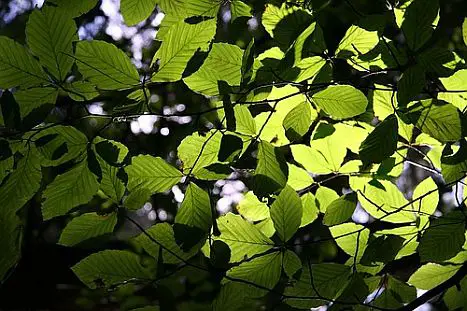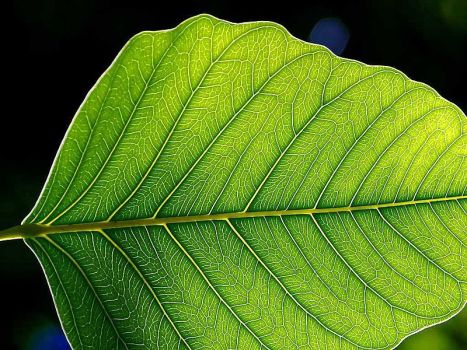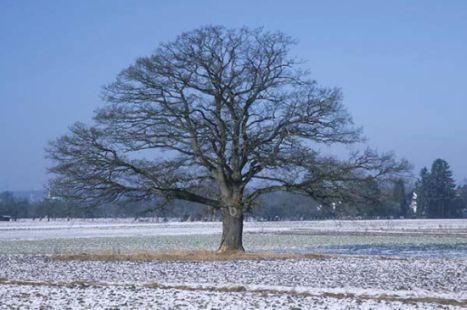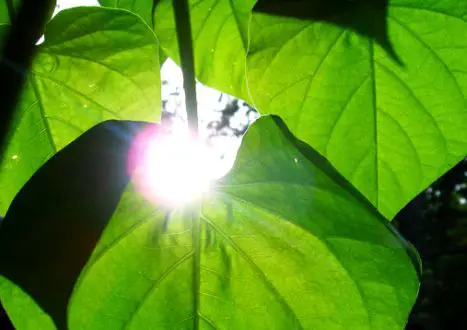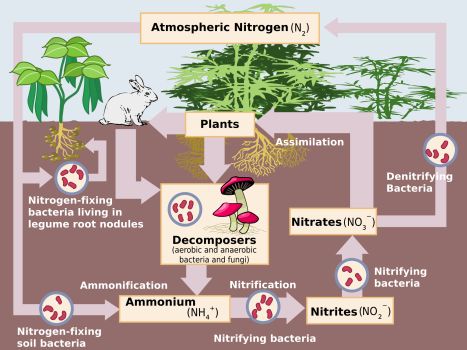
Although you may be aware of the fact that plants use their roots to absorb essential nutrients like nitrogen, you may not know the exact reason behind their need to gain nitrogen. So, let us start by telling you that nitrogen is a macro-nutrient that is highly important for the healthy growth of plants. If plants do not receive this component, then they may also show signs of nutritional deficiency as human beings do.


